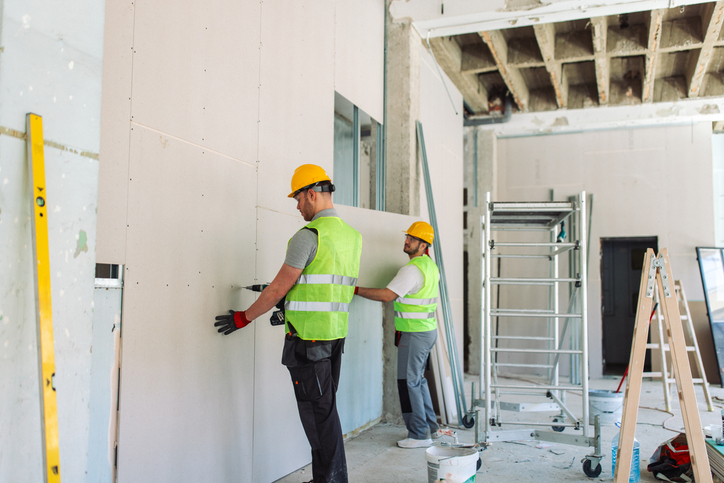Oahu’s tropical climate, characterized by high humidity, frequent rainfall, and intense sunlight, presents unique challenges for construction. To ensure the longevity and durability of buildings, construction practices that are tailored to these environmental conditions need to be adopted.
Here’s a comprehensive guide to best practices for construction in Oahu’s climate.
Choosing the Right Materials
In Oahu, where the climate can quickly accelerate wear and tear, selecting appropriate building materials is important. Opt for materials with high resistance to moisture and UV damage. Concrete and masonry are excellent choices due to their durability and low maintenance requirements.
Additionally, metal roofing can be a good option, provided it is coated with reflective paint to minimize heat absorption. Consider using local materials and technologies tested for performance in similar climates. Visit local construction projects or consult with local builders to see what materials work best in your area.
Effective Moisture Control
Moisture is a constant concern in Oahu due to high humidity and rainfall. Proper moisture control can prevent issues such as mold growth, wood rot, and structural damage. This can be done by implementing a thorough drainage system. Make sure that the property’s grading directs water away from the foundation and uses high-quality, water-resistant sealants on exterior surfaces. Inspect your drainage system regularly, especially after heavy rain. You can use a moisture meter to check for dampness in walls and flooring.
Ventilation and Insulation
Proper ventilation is key to managing indoor humidity and preventing heat buildup. Install high-quality ventilation systems, such as exhaust fans and ridge vents, to improve air circulation. Insulation also plays a vital role; use materials that provide good thermal resistance while allowing for moisture control.
Closed-cell spray foam insulation is often recommended for its moisture resistance and high R-value. Conduct a home energy audit to assess the effectiveness of your insulation and ventilation systems. This can help identify areas for improvement.
Roofing Considerations
Oahu’s weather can be particularly harsh on roofing materials, with strong winds and intense sun exposure. Select roofing materials designed for these conditions, such as impact-resistant shingles or metal roofs with UV-resistant coatings. Regular maintenance is also necessary; inspect your roof for damage after storms and keep gutters clear to prevent water damage. When choosing a roofing contractor, ask for references and check their experience with Oahu’s specific climate conditions.
Foundation and Structural Integrity
The foundation is the most critical part of any construction, especially in a region with high moisture levels. Use concrete that is highly resistant to water penetration and ensure proper curing to prevent future cracking. Additionally, consider incorporating steel reinforcements to improve the structural integrity of your foundation and overall building. If building on a sloped site, consider a geotechnical survey to assess soil stability and ensure proper foundation design.
Sustainable Building Practices
Incorporating sustainable building practices can improve the resilience of your construction and benefit the environment. Use eco-friendly materials and technologies, such as rainwater harvesting systems and energy-efficient windows. Implementing these practices reduces your environmental footprint and contributes to long-term cost savings. Research local incentives for green building practices. Many communities offer rebates or tax credits for sustainable construction projects.
At Surface Shield Roofing Company, we provide expert solutions tailored to the island’s unique climate. For all your roofing needs in Oahu, reach out to us today!

